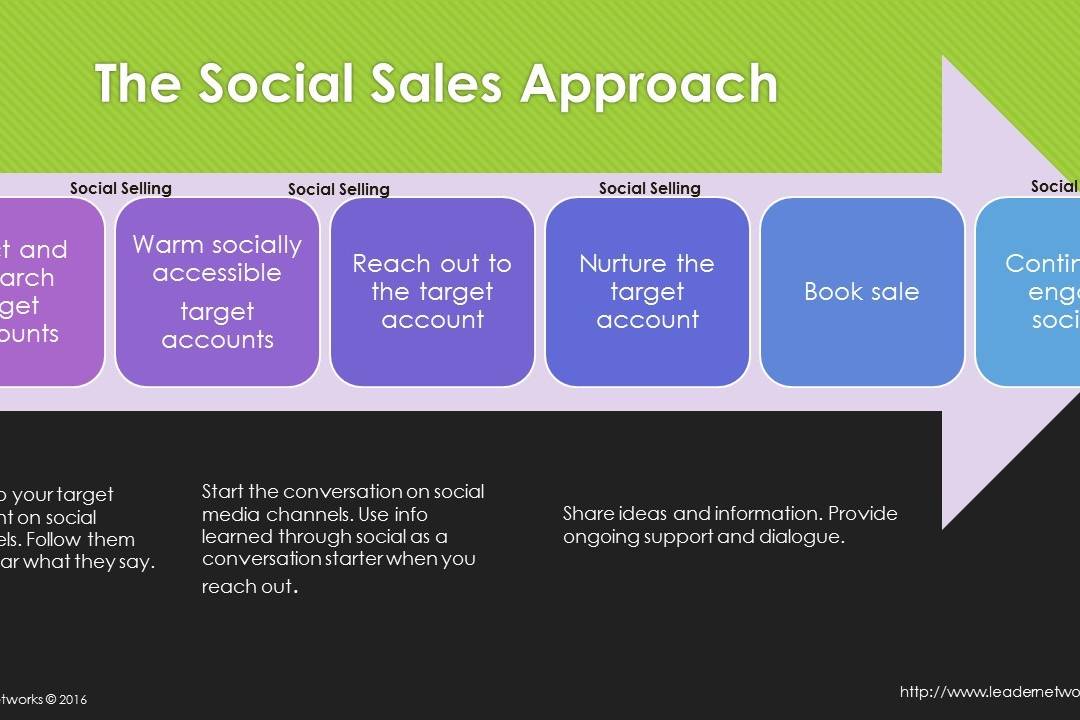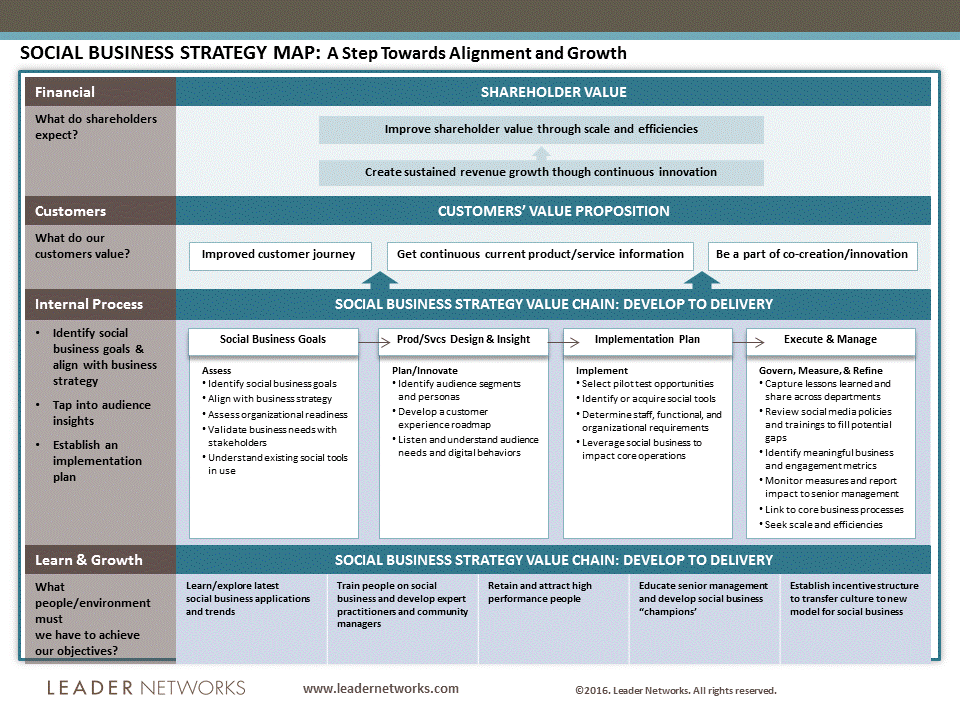Two days of some of the most influential speakers in IT, and a room full of the top IT executives across the major verticals all talking about the impact of Cloud Computing on enterprise – that is what the Cognizant Community Conference has to offer. Cognizant is a large company that brings IT, business process and strategic consulting to organizations worldwide. They focus on IT outsourcing and BPO and have gathered together hundreds of their key clients to explore the thought leadership of cloud computing. I have the honor of attending and speaking at this event and have really enjoyed (continuing to) look at social media through the eyes of technology executives. (NB: While Cognizant is a client, this report back is motivated by excitement and appreciation of the thought leadership being shared here and there are no financial gains.)
Now I am no stranger to the world of the CIO, having run two amazing online communities for CIOs: first Cambridge Technology Partners CIN (boy were we ahead of our time there as the community launched in 1995 and grew to almost 10K CIOs of F1000 companies) and ComputerWorld Executive Suite. With these communities, as an adviser to IT strategy, we grappled with many pressing topics, such as the impact of the web on business – formerly known as “web-centric application development”. Those were wild times as the IT executive faced a host of challenges figuring out how to leverage new tools for business benefits and, not dissimilar from now, also needed to make sense of the applications and ensure they connected to business needs. That was child’s play, however, compared with their challenges and opportunities due to cloud computing.
A gathering of industry thought-leaders such as Frank D’Souza, CEO, Cognizant, Nicholas Carr, Andrew McAfee, and Juan Enriquez have all discussed frameworks for understanding Cloud Computing in the spirit of innovation. This is critical because the cloud is the underpinning and architecture of social media. A new framework for understanding is mandated as the world wide web has become the world wide computer.
Some of the key takeaways from the talks:
Cloud computing offers greater efficiencies for business Cloud computing is able to offer enterprise greater efficiencies and collaboration around people and the content they offer. Some speakers asserted that the cloud can provide a risk reduction as business are now able to align their technology consumption with their technology needs and, in fast, shatter former models of time to market. By working through the cloud businesses can democratize technology and serve as a powerful enabler to all – staff, partners and clients alike. In many ways, cloud technology is an unstoppable revolution because it advances the performance of the business.
The cloud is a pure disruptive technology The sheer disruptive force of the cloud upon business is not to be overlooked, however. In the past, successful business innovation could largely be shaped by skilled and controlled processes. “If you want to control the outcome, control the process” remarked Andrew McAfee. However, he continued, with social computing, we need to stop trying to impose structured work flow and get new flavors of order.Social can not be controlled as we can not reign in the universe of social. Controlling social media is akin to boiling the ocean – exhausting and futile at the same time. But its disruptive nature can be shaped to the advantage of business if and when (as it is just a matter of time) they are able to map the right processes to making sense of structured and unstructured social data to help the business succeed. Social computing produces volumes of valuable data for the enterprise – we just need to find the right methods for data mining and social CRM best practice. We need to go to the customers, wherever they are.
Social computing can fundamentally change enterprise relationships with clients, partners and staff
The advice heard time and time again was let the good of social shine through and inform the bottom line through better customer care, product development, QA processes, and to help define business innovation needs. Simply put, social brings to organizations a new way of doing business but there is a heavy organizational change required to make sense of the information gathered and the content shared through the social web. The structure of knowledge is no longer predefined as it was in the past through knowledge management systems (or “knowledge coffins”). As my fellow panelist, Joe Vito, CTO of Dunn and Bradstreet so eloquently said during our session on the impact of social on the Information and Media Industry “Cloud computing will soon be our only option to cope with the growth of digital info.”
The role of the new breed of search called “broadcast search” was also examined in depth. “Broadcast search” was defined as communicating your ignorance in order to find what you need, like asking a question of your followers. Social computing combined with the power of information broadcast yields a greater depth of information and access to experts around the globe as people put out their questions and assistive responses on the web. The new search, when social principles are applied, enables a growing body of work to emerge which taps into the wisdom of everybody. This has huge ramifications on how we find and share information and can fundamentally change the way we make decisions.
The cloud is changing the IT leadership role Along with high hopes for the change that social computing brings to enterprise, the cloud also places a great responsibility on the CIO. She is being called to the executive table to drive and inform the business innovation brought about through social computing. We are early in this transformational journey and social computing is still in its infancy. Business and IT need to form strong alliances and alignment to support the bottom line as delivered through the social web. Be it within the internal cloud (or new order KM systems), customer facing and the social CRM that drives the business’ ability to understand and interpret customer needs, there are many technology and business decisions to be made. IT executives need to help shape the culture of their organizations to ensure the right (and right number) of tools are invested in, ensure that the organizations’ ability to use the tools is well understood, and perhaps most importantly, help drive the bus when social innovation is embraced by the business lines through the best practice adoption of the right tools at the right time within the enterprise.
Warning: Attempt to read property "base" on array in /home3/trusten9/public_html/leadernetworks/wp-content/plugins/wp-user-profile-avatar/shortcodes/wp-user-profile-avatar-shortcodes.php on line 665
Warning: Attempt to read property "base" on array in /home3/trusten9/public_html/leadernetworks/wp-content/plugins/wp-user-profile-avatar/shortcodes/wp-user-profile-avatar-shortcodes.php on line 665
Warning: Attempt to read property "base" on array in /home3/trusten9/public_html/leadernetworks/wp-content/plugins/wp-user-profile-avatar/shortcodes/wp-user-profile-avatar-shortcodes.php on line 665
Warning: Attempt to read property "base" on array in /home3/trusten9/public_html/leadernetworks/wp-content/plugins/wp-user-profile-avatar/shortcodes/wp-user-profile-avatar-shortcodes.php on line 665
Related Posts
April 18, 2016
Social Selling – Let’s Get a Few Things Straight
The first step to becoming an effective social seller is to understand that…
December 19, 2015
Robin Carey Danced on the Stage of Life
Beautiful. Visionary. Witty. Feminist. Passionate. Loved. Robin Fray Carey…
2 Comments
Add comment Cancel reply
This site uses Akismet to reduce spam. Learn how your comment data is processed.



Filippo Passerini, President-Global Business Services & CIO, P&G says: “We focus a lot on innovation from a business standpoint. So we never start with the technologies. We always start with what is needed for the business”. In this interview, Flippo Passerini, President – Global Business Services and CIO of P&G explains how P&G does business in order to maintain their position at the top.
Watch the full interview @ http://bit.ly/fHkPad
[…] As they deliver these things through cloud servers, clients can use the flexibility and scalability of the system without purchasing standalone software or […]